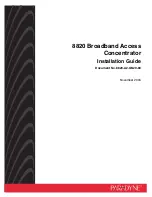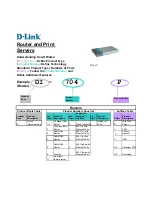
338
Setting the DSCP value for IPv6 BGP packets
An IPv6 packet header contains an 8-bit Traffic class field. This field identifies the service type of IPv6
packets. As defined in RFC 2474, the first six bits set the Differentiated Services Code Point (DSCP) value
and the last two bits are reserved. Network devices use the DSCP value as a reference to determine the
packet priority for transmission.
You can set the DSCP value for IPv6 BGP packets.
To set the DSCP value for packets sent to an IPv6 BGP peer or peer group:
Step Command
Remarks
1.
Enter system view.
system-view
N/A
2.
Enter BGP view.
bgp
as-number
N/A
3.
Enter IPv6 address
family view.
ipv6-family
N/A
4.
Set the DSCP value
for the BGP packets
sent to the specified
IPv6 peer or peer
group.
peer
{
ipv6-group-name
|
ipv6-address
}
dscp
dscp-value
Optional.
By default, the DSCP value in IPv6
BGP packets is 48.
Configuring the maximum number of ECMP routes
Step Command
Remarks
1.
Enter system view.
system-view
N/A
2.
Enter BGP view.
bgp
as-number
N/A
3.
Enter IPv6 address family
view.
ipv6-family
N/A
4.
Configure the maximum
number of ECMP routes.
balance
number
By default, no load balancing is
enabled.
Enabling MD5 authentication for TCP connections
IPv6 BGP employs TCP as the transport protocol. To enhance security, configure IPv6 BGP to perform
MD5 authentication when establishing a TCP connection. If the authentication fails, no TCP connection
can be established.
The MD5 authentication for establishing TCP connections does not apply to BGP packets.
The MD5 authentication requires that the two parties have the same authentication mode and password
to establish a TCP connection; otherwise, no TCP connection can be established due to authentication
failure.
To enable MD5 authentication for TCP connections:
















































